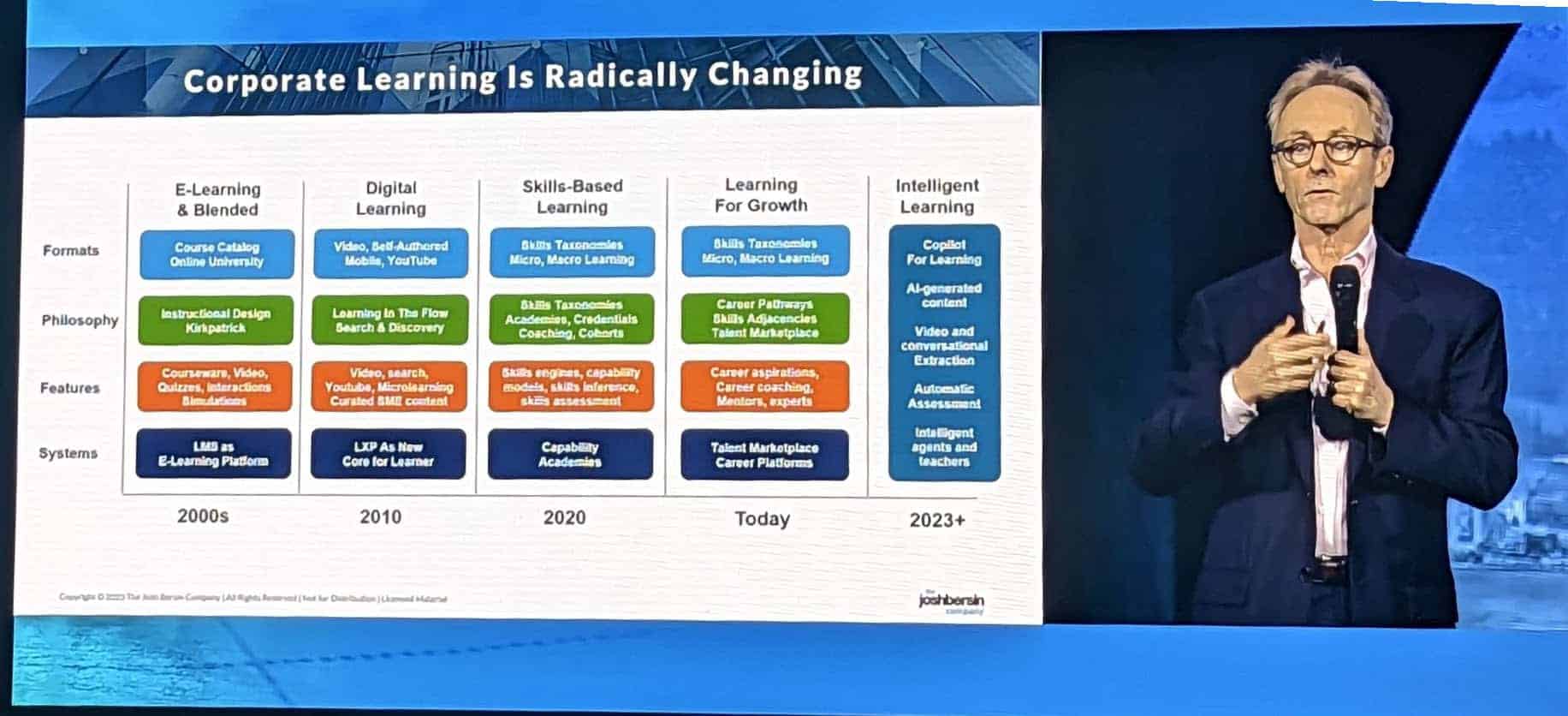India’s planning challenges are diverse, reflecting the contrast between urban growth pressures and rural development needs. Effective planning requires context-specific strategies for cities, towns, and villages.
1️⃣ Urban India: Cities and Towns
Urban areas include metropolitan cities, medium-sized towns, and emerging settlements. Rapid urbanization has created several planning challenges:
🔹 Key Planning Concerns
| Aspect | Planning Concerns |
|---|---|
| Population Growth & Density | Overcrowding, pressure on housing and public services. |
| Housing & Slums | Shortage of affordable housing; rise of informal settlements. |
| Infrastructure & Utilities | Water supply, sewage, electricity, waste management often insufficient. |
| Transportation & Mobility | Traffic congestion, lack of public transport, parking issues. |
| Environmental Concerns | Air and water pollution, urban heat islands, loss of green spaces. |
| Economic & Social Services | Unequal access to healthcare, education, employment opportunities. |
| Land Use & Zoning | Unplanned urban sprawl, encroachment on open spaces and agricultural land. |
🔹 Planning Strategies for Urban Areas
- Prepare master plans and city development plans.
- Develop affordable housing schemes and slum redevelopment projects.
- Expand public transport networks and pedestrian-friendly spaces.
- Create green belts, parks, and sustainable drainage systems.
- Promote mixed-use development to reduce commute and improve livability.
2️⃣ Rural India: Villages and Countryside
Rural areas form the backbone of India, with agriculture, small-scale industries, and local markets. Planning concerns differ from urban areas:
🔹 Key Planning Concerns
| Aspect | Planning Concerns |
|---|---|
| Agriculture & Land Use | Land fragmentation, soil degradation, irrigation needs. |
| Housing & Settlement Patterns | Quality of housing, access to safe water and sanitation. |
| Basic Infrastructure | Roads, electricity, healthcare, schools, and communication facilities. |
| Livelihood & Employment | Dependence on agriculture; need for rural industries and skill development. |
| Social Development | Education, health awareness, gender equity, and social inclusion. |
| Environmental Sustainability | Water conservation, forestry, soil management, disaster resilience. |
🔹 Planning Strategies for Rural Areas
- Develop village master plans and Gram Panchayat development plans.
- Promote rural roads, electrification, water supply, and sanitation.
- Support agriculture modernization and non-farm employment.
- Encourage community-based natural resource management.
- Enhance access to healthcare, education, and skill development programs.
3️⃣ Comparative Planning Concerns: Urban vs Rural
| Aspect | Urban Areas | Rural Areas |
|---|---|---|
| Population Density | High, concentrated | Low, dispersed |
| Housing | Shortage of affordable housing; slums | Basic housing quality; scattered settlements |
| Infrastructure | Complex, multi-layered | Basic amenities, accessibility |
| Transport | Congestion, multi-modal planning | Connectivity to towns, rural roads |
| Economic Activity | Industrial, service-based | Agriculture, cottage industries |
| Environmental Concerns | Pollution, heat islands | Soil, water, forest conservation |
| Social Services | Schools, hospitals, community centers | Access to primary education, healthcare, sanitation |
4️⃣ Integrated Planning Approach
- Urban and rural planning must be interlinked to balance migration, employment, and resource management.
- Regional planning integrates villages, towns, and cities into a sustainable development framework.
- Policies like smart cities, AMRUT, Pradhan Mantri Awas Yojana, and rural infrastructure schemes aim to address both urban and rural concerns.
✅ Key Takeaways:
- Urban areas face challenges of density, infrastructure, housing, and pollution.
- Rural areas require focus on livelihood, basic amenities, and sustainable resource use.
- Integrated, multi-level planning ensures balanced development, connectivity, and improved quality of life.





















